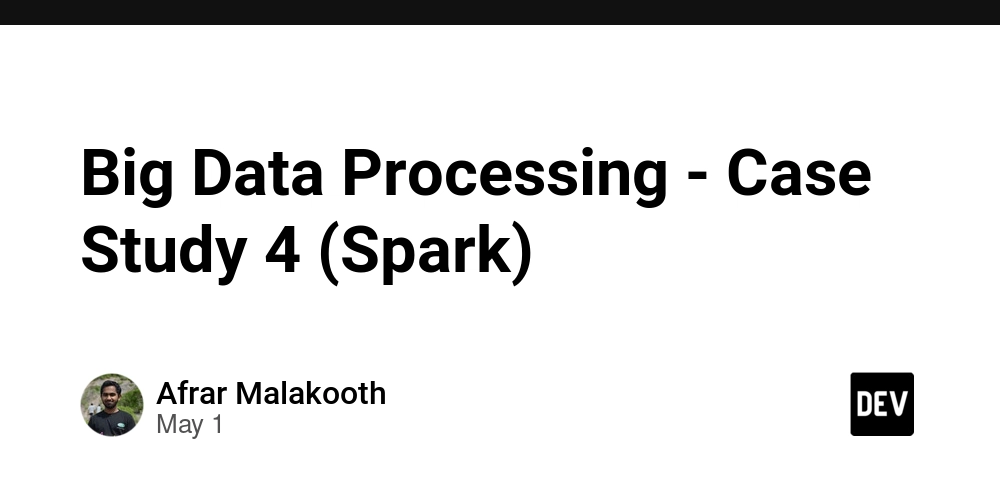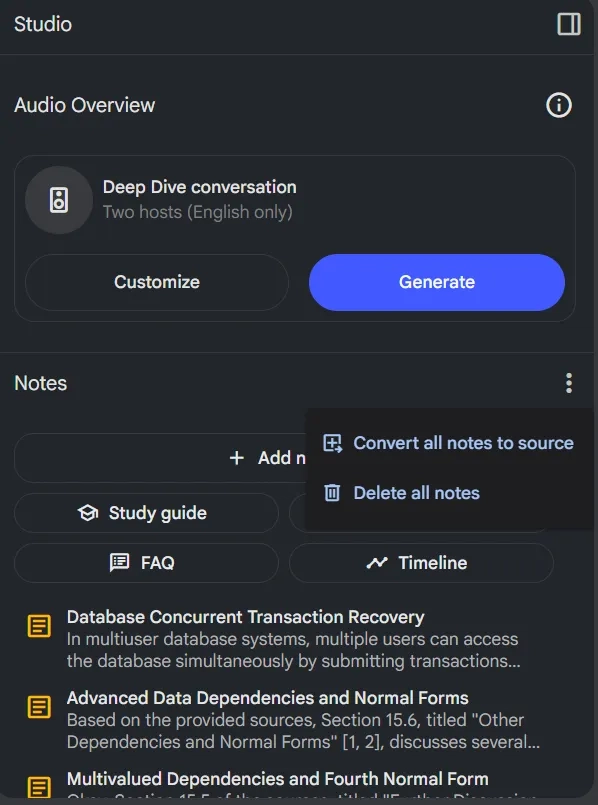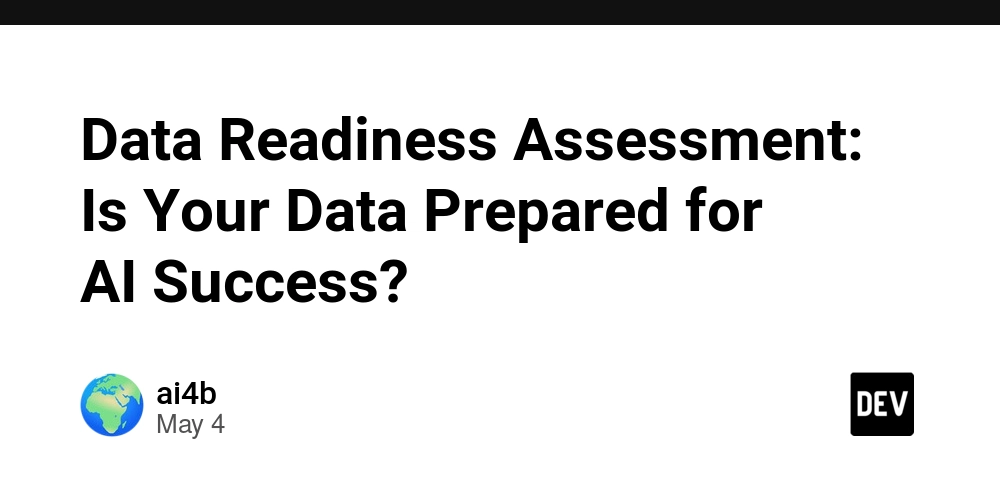Building a Living Game Ecosystem: From Forests to Wildlife to Economy
Introduction What if players could feel the long-term impact of their choices on the environment, not in a cutscene, but through their own gameplay? In my latest simulation project, I’ve designed a dynamic world where players must manage natural resources carefully or suffer the real consequences of overuse. The system blends forest health, wildlife population dynamics, resource harvesting, and player-driven economics into one living ecosystem. This isn’t just about immersive gameplay, it’s about helping players understand how sustainability works through simulation. Whether used in a survival game, an educational tool, or a training environment, this model encourages critical thinking about natural systems and human impact. Forests as Active Systems Each forest in the game tracks a health value, determined by the ratio of: • Fully grown trees • Growing saplings • Tree loss due to harvesting or fire If players or AI chop too many trees without replanting, the forest becomes unhealthy — reducing future wood output and halting wildlife spawns. Reforestation is possible, but slow. Trees take in-game weeks to mature, which encourages foresight and planning rather than constant exploitation. Wildlife Populations Tied to Habitat Animals like rabbits and deer spawn only if certain forest health thresholds are met. Each species has its own requirements (e.g., deer need at least 75 mature trees in a forest). Overhunting or deforestation leads to population collapse, and animals do not magically respawn. Players must either wait for conditions to recover or actively manage the ecosystem. This creates a powerful teaching moment: sustainability is not a checkbox, it's a system. From Ecosystem to Economy Resources like meat, feathers, bones, and wood all feed into the game’s economy. Players can: • Hunt animals for trade goods • Sell logs and processed materials • Use sustainable practices for long-term profit Or they can strip the land bare — leading to short-term gain but eventual scarcity. The simulation encourages players to balance greed and survival, much like real-world resource economies must. Educational Potential Though designed as a game, this system has clear applications in education: • Teaching sustainability and systems thinking • Showing how interconnected actions affect long-term stability • Engaging players in environmental problem-solving A simplified version could be adapted for schools, ecological training, or public awareness campaigns, giving learners a way to experience consequences, not just read about them. Conclusion By linking forest health, wildlife populations, and economic decisions into a single system, this simulation helps players feel the weight of environmental balance. It’s not a warning, it’s a mirror. And it shows that even in a fantasy world, the rules of sustainability still apply. As I continue developing this platform, my goal is to make it not just a game, but a tool — one that blends play, purpose, and ecological insight.

Introduction
What if players could feel the long-term impact of their choices on the environment, not in a cutscene, but through their own gameplay?
In my latest simulation project, I’ve designed a dynamic world where players must manage natural resources carefully or suffer the real consequences of overuse. The system blends forest health, wildlife population dynamics, resource harvesting, and player-driven economics into one living ecosystem.
This isn’t just about immersive gameplay, it’s about helping players understand how sustainability works through simulation. Whether used in a survival game, an educational tool, or a training environment, this model encourages critical thinking about natural systems and human impact.
Forests as Active Systems
Each forest in the game tracks a health value, determined by the ratio of:
• Fully grown trees
• Growing saplings
• Tree loss due to harvesting or fire
If players or AI chop too many trees without replanting, the forest becomes unhealthy — reducing future wood output and halting wildlife spawns. Reforestation is possible, but slow. Trees take in-game weeks to mature, which encourages foresight and planning rather than constant exploitation.
Wildlife Populations Tied to Habitat
Animals like rabbits and deer spawn only if certain forest health thresholds are met. Each species has its own requirements (e.g., deer need at least 75 mature trees in a forest).
Overhunting or deforestation leads to population collapse, and animals do not magically respawn. Players must either wait for conditions to recover or actively manage the ecosystem. This creates a powerful teaching moment: sustainability is not a checkbox, it's a system.
From Ecosystem to Economy
Resources like meat, feathers, bones, and wood all feed into the game’s economy. Players can:
• Hunt animals for trade goods
• Sell logs and processed materials
• Use sustainable practices for long-term profit
Or they can strip the land bare — leading to short-term gain but eventual scarcity. The simulation encourages players to balance greed and survival, much like real-world resource economies must.
Educational Potential
Though designed as a game, this system has clear applications in education:
• Teaching sustainability and systems thinking
• Showing how interconnected actions affect long-term stability
• Engaging players in environmental problem-solving
A simplified version could be adapted for schools, ecological training, or public awareness campaigns, giving learners a way to experience consequences, not just read about them.
Conclusion
By linking forest health, wildlife populations, and economic decisions into a single system, this simulation helps players feel the weight of environmental balance.
It’s not a warning, it’s a mirror. And it shows that even in a fantasy world, the rules of sustainability still apply.
As I continue developing this platform, my goal is to make it not just a game, but a tool — one that blends play, purpose, and ecological insight.


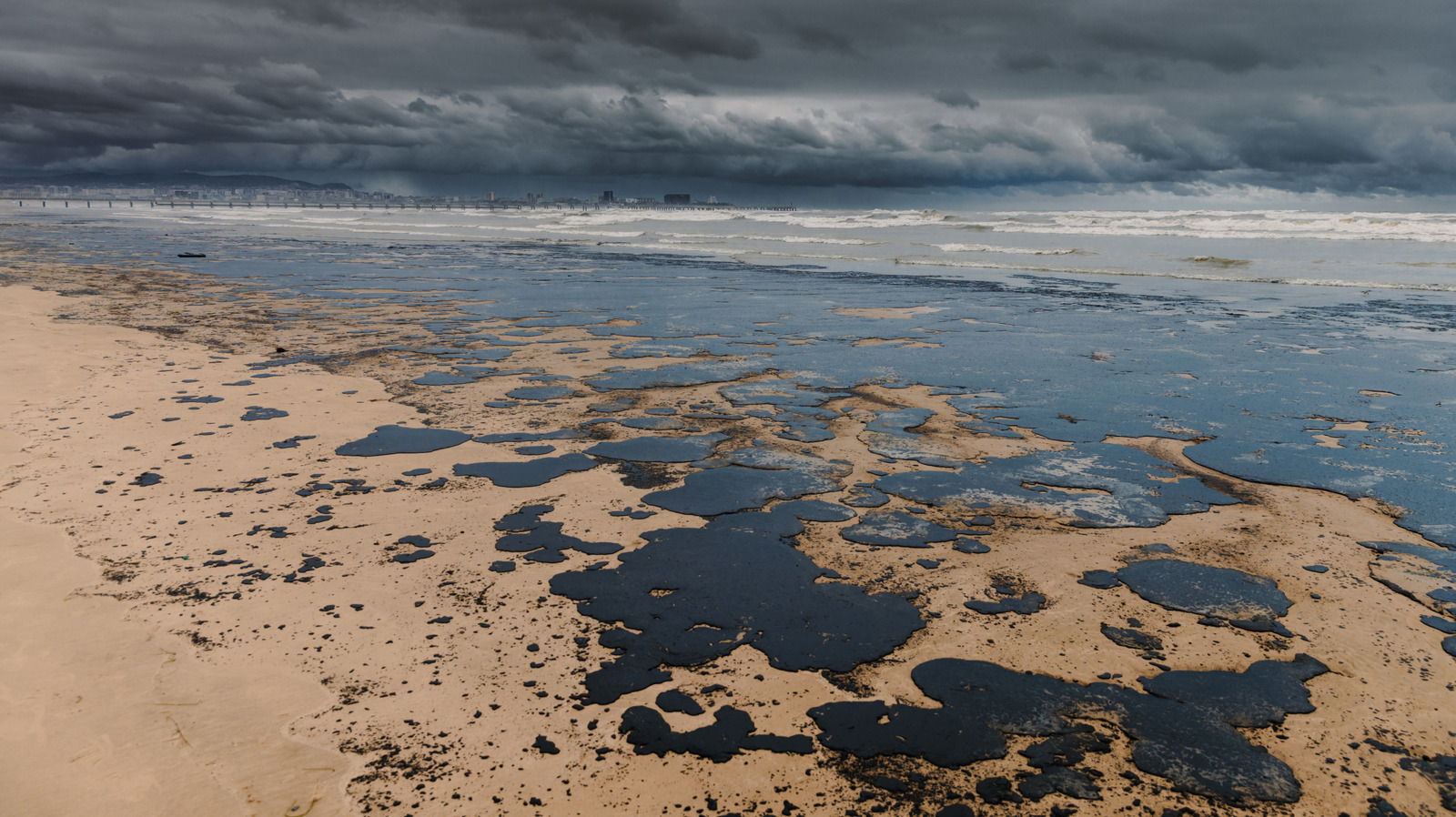







































































![Apple Developing Battery Case for iPhone 17 Air Amid Battery Life Concerns [Report]](https://www.iclarified.com/images/news/97208/97208/97208-640.jpg)
![Apple to Split iPhone Launches Across Fall and Spring in Major Shakeup [Report]](https://www.iclarified.com/images/news/97211/97211/97211-640.jpg)
![Apple to Move Camera to Top Left, Hide Face ID Under Display in iPhone 18 Pro Redesign [Report]](https://www.iclarified.com/images/news/97212/97212/97212-640.jpg)
![AirPods 4 On Sale for $99 [Lowest Price Ever]](https://www.iclarified.com/images/news/97206/97206/97206-640.jpg)













































































































_Inge_Johnsson-Alamy.jpg?width=1280&auto=webp&quality=80&disable=upscale#)




























































































































![[The AI Show Episode 145]: OpenAI Releases o3 and o4-mini, AI Is Causing “Quiet Layoffs,” Executive Order on Youth AI Education & GPT-4o’s Controversial Update](https://www.marketingaiinstitute.com/hubfs/ep%20145%20cover.png)
















































































































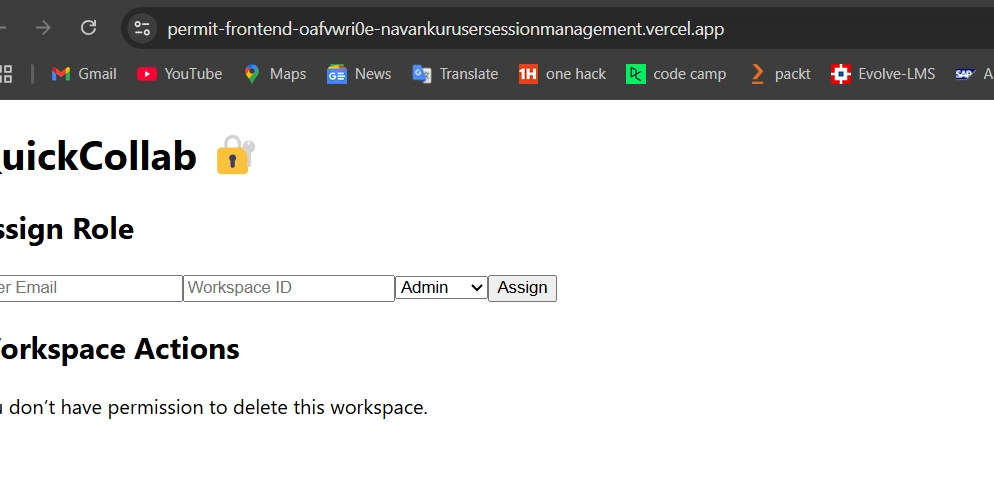
























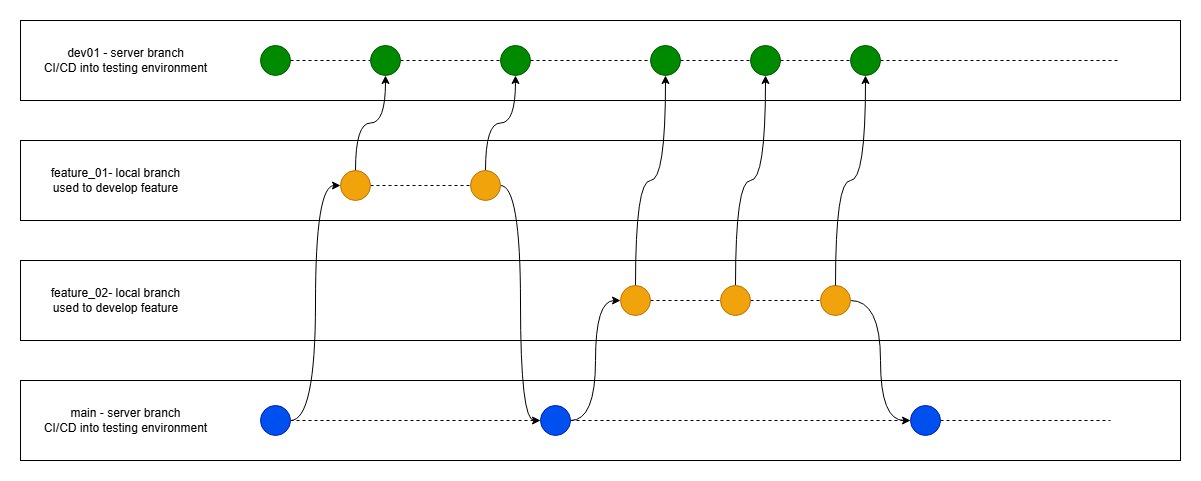




















![From Art School Drop-out to Microsoft Engineer with Shashi Lo [Podcast #170]](https://cdn.hashnode.com/res/hashnode/image/upload/v1746203291209/439bf16b-c820-4fe8-b69e-94d80533b2df.png?#)

![[DEALS] Microsoft 365: 1-Year Subscription (Family/Up to 6 Users) (23% off) & Other Deals Up To 98% Off – Offers End Soon!](https://www.javacodegeeks.com/wp-content/uploads/2012/12/jcg-logo.jpg)
































































































